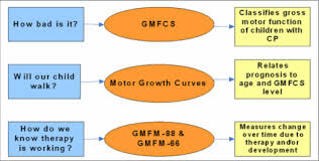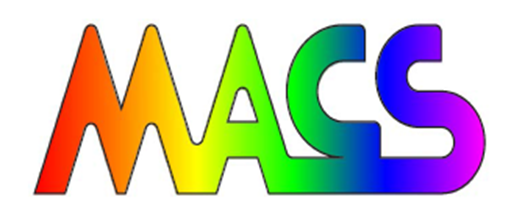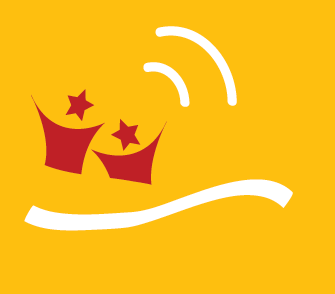Classification of Cerebral Palsy
Introduction[edit | edit source]
Classification of Cerebral Palsy is important, as this enables realistic expectations and can play an important role in influencing treatment. There are many tools available to be able to do this. Some of the most poular ones are explained below:
- The Gross Motor FUnction Classification System
- Communication Function Classification System
- Manual Ability Classification System
The Gross Motor Function Classification System (GMFCS) was the first Classification system developed for children with cerebral palsy, first published in 1997 and revised and expanded in 2007. The GMFCS was developed by CanChild Centre for Childhood Disability Research (Canada). After the GMFCS the Manual Ability Classification System (MAC) was developed and published in 2010. The members of this group have different competencies and professions, they are located in different universities in Sweden. The team collaborates with CanChild, Centre for Childhood Disability Research. In 2011 the Communication Function Classification System (CFCS) was published, also developed by a team of professionals at University of Central Arkansas (US). They all have 5 levels in functioning. Only the GMFCS has different descriptions for 5 different ages: the first before the age of 2 and the last one for age 12-18. During their life it is expected that children will stay at the same level, and the GMFCS describes what gross motor functions the child will be able to learn during life at different ages.
MACS can be used for children of different ages (4-18 years), but the interpretation of the levels needs to be related to the age of the child. Obviously, children handle different objects at age four years, compared to adolescent age. The same point concerns independence, as a young child needs more help and supervision than an older child but their handling of objects is the primary focus of MACS. To date the stability of the classification over time has not been investigated , but our belief is that most children will stay at the same level.
The Communication Function Classification System (CFCS) provides a valid and reliable classification of communication performance and activity limitations that can be used for research and clinical purposes. The CFCS does not rate the person’s potential for improvement









